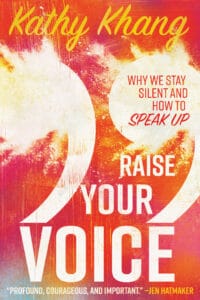Originally published August 8, 2022

My life’s experiences are like photographs—where dark and light, sun and shadow collide to create stories forever burned in my retina.
When I first started playing with a Canon Rebel XT, one of the first models of consumer digital single lens reflex cameras (SLRs), I learned how the settings determine the amount of light that reflects through the lens. The higher the shutter speed, the less light that enters in, and the lower the aperture, the more light that enters in. Shooting at the lowest aperture setting, or shooting “wide open,” concurrently means shallow depth of field. I love using this technique when taking portraits—focusing in on the face so that everything else blurs, bringing only the person into focus. Shooting “wide open” allows me to capture the diverse beauty of people’s faces, laden with untold stories, while softening the distractions of the background, bringing their humanity to the forefront.
As a filmmaker and photographer, I have worked with international organizations to capture stories of people around the world, from fathers recovering from drug addictions in the city of Los Angeles to children caring for elders afflicted with leprosy in the jungles of Vietnam. Their stories of triumph amid oppression challenge me. After a photo session, I often show them their portraits to ensure they approve. I hope that they see themselves the way that I see them: strong, radiant, full of dignity despite the labels that may have been placed on them. I love seeing their eyes light up as they look at their image. “Am I really that beautiful?” they ask. I love uncovering the hidden things of their story that help them discover beauty in themselves—beauty that they never saw before.
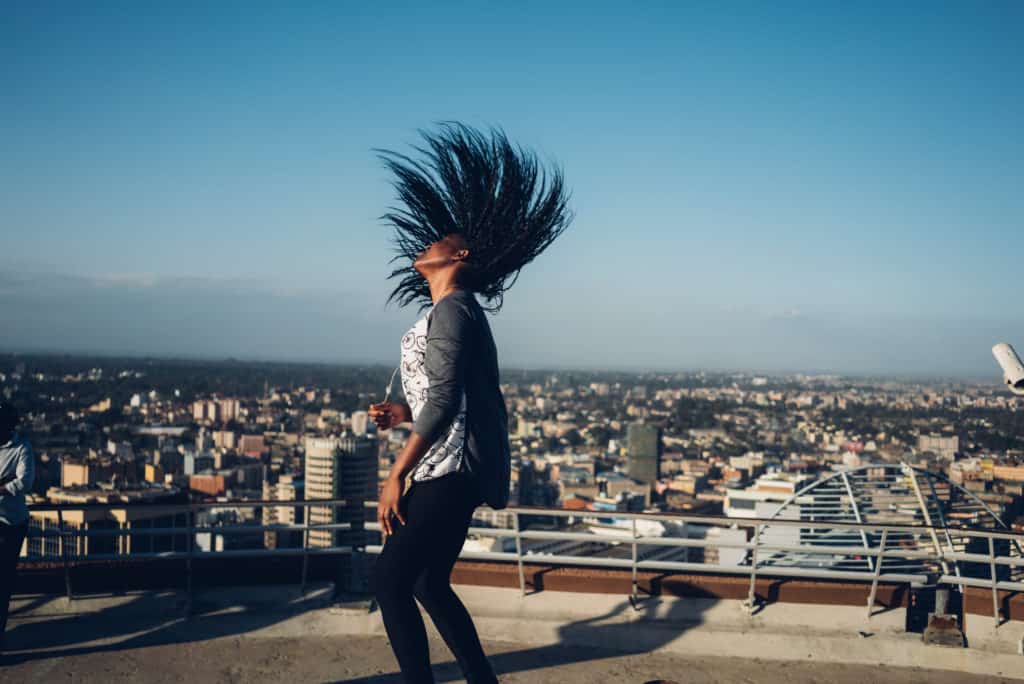
My work in photography and film has allowed me to experience stories not my own. But when I was invited into stories told by survivors of sexual violence, my work took an unexpected turn. I began to recognize that there were many limitations in my work. Before then, I didn’t know that the capacity of my heart was small—unable to comprehend the depth of love that I experienced in community with survivors. Through their stories they taught me what beauty, redemption, and healing look like. By allowing my heart to be “wide open,” I experienced limitless hope in a broken world. There, my own journey toward healing began to unfold.
In my struggle for liberation, it was the oppressed who unexpectedly liberated me in the process. Their vision for a world free of sexual violence challenged me to change my career and start Freely in Hope, a nonprofit organization that equips survivors and advocates to lead in ending sexual violence. As the survivors in our community evolved in so many ways, Freely in Hope also evolved to support their audacious dreams by expanding its support to fund holistic education, leadership development, and storytelling platforms that seek to prevent sexual violence in communities across Kenya and Zambia.
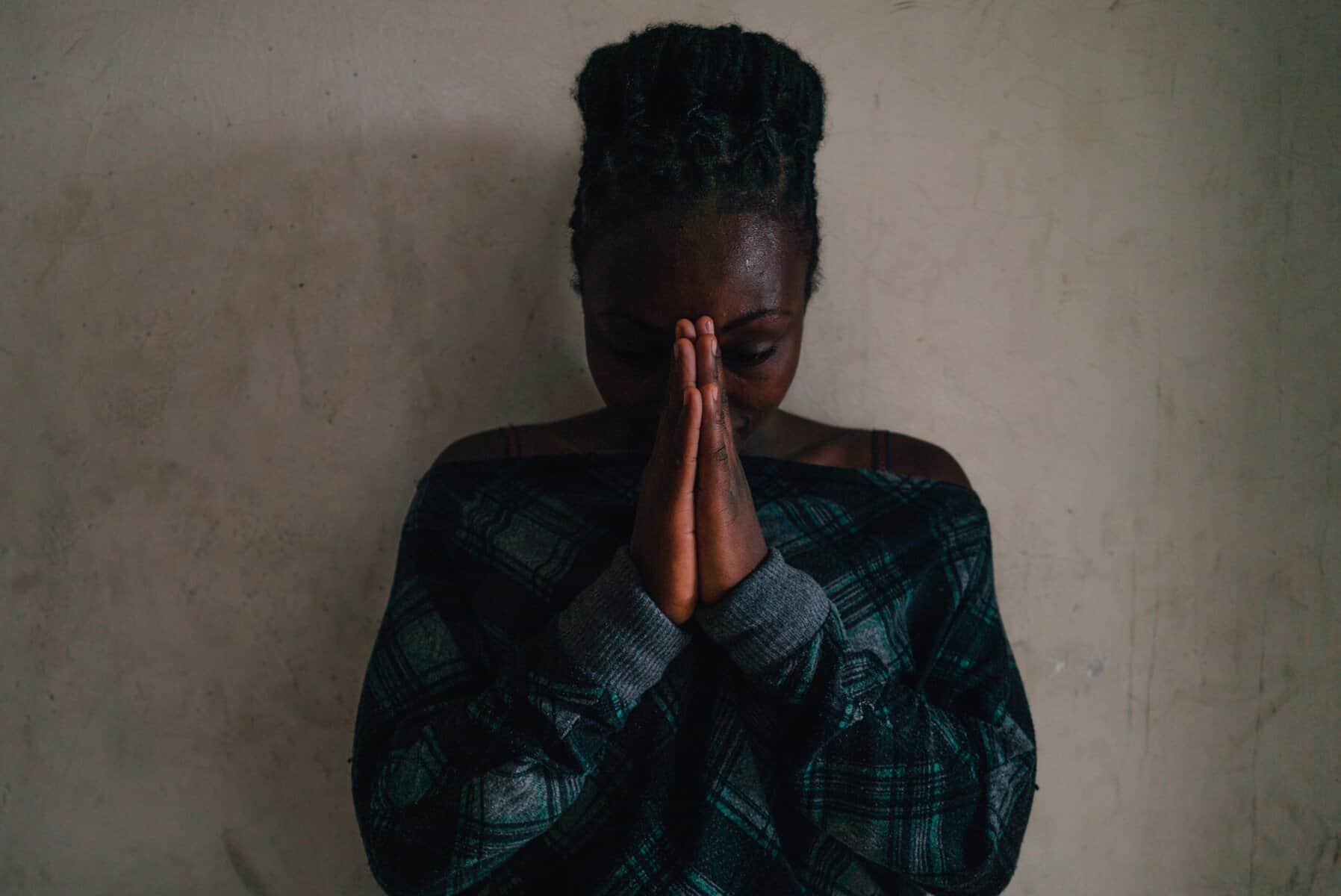
Their stories have expanded my heart’s capacity to find love amid my most difficult experiences. As the stories of these survivors have intertwined with my own, I now see the world as a strange juxtaposition—the unfolding of beautiful things from desolate places. I have learned to not only shoot “wide open” but to also keep my heart wide open by experiencing the hope that arises from the brokenness of our world. Their journeys toward transformation also transformed me.
Their stories are an invitation to experience the world through a new perspective—recognizing that liberation is not just near, it is here.
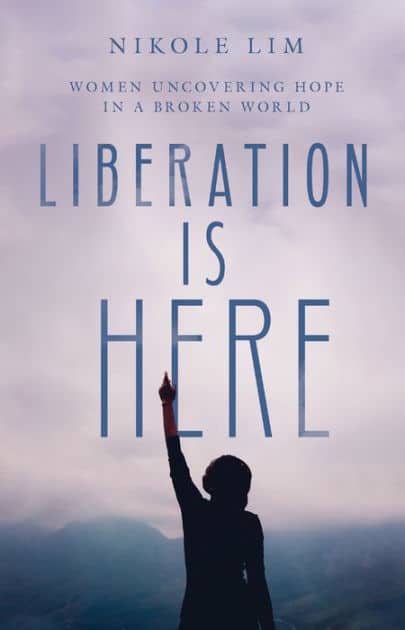
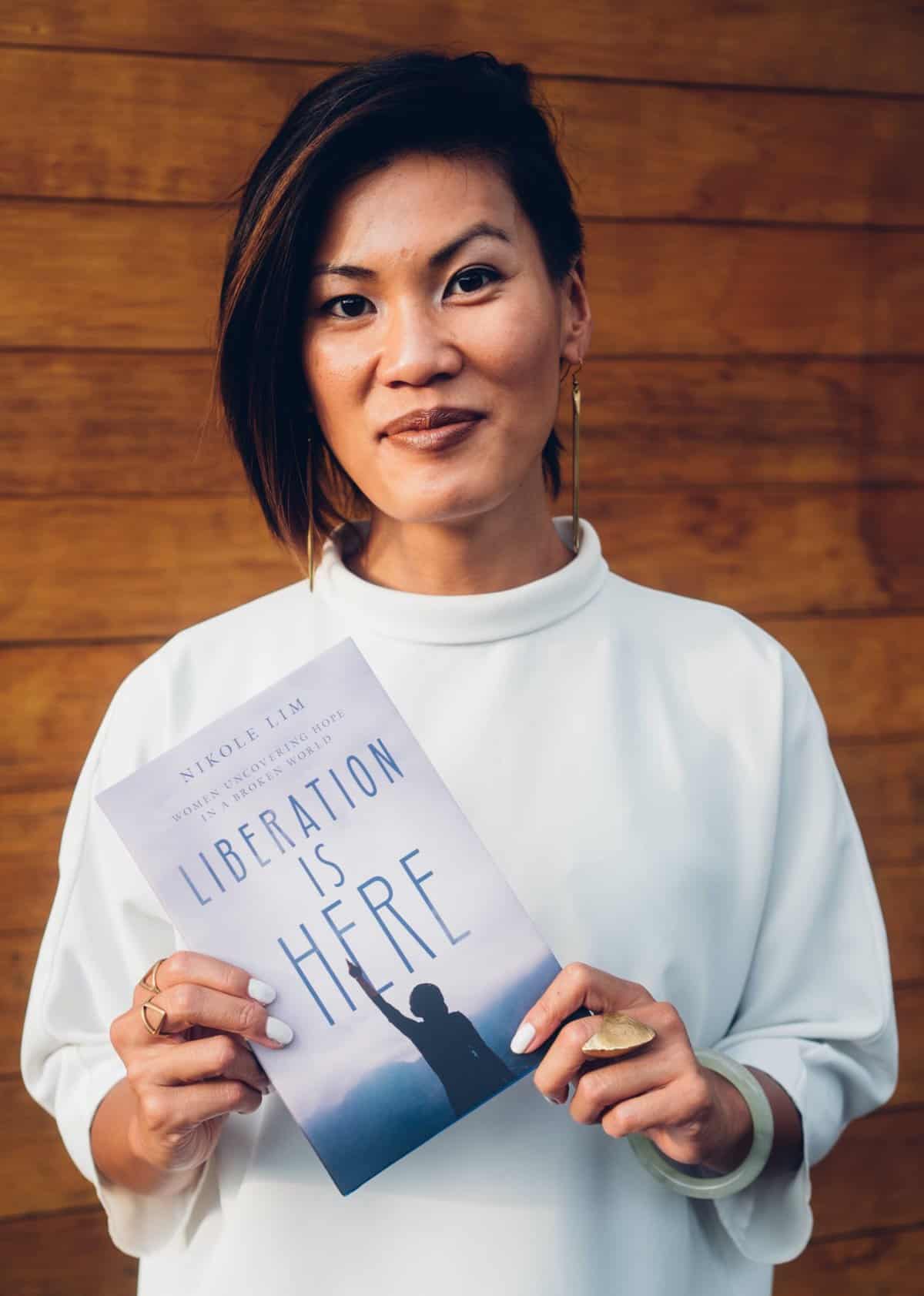 Nikole Lim is a documentary filmmaker, Founder and International Director of Freely in Hope, and author of the new book Liberation Is Here: Women Uncovering Hope in a Broken World, from which this excerpt is taken (copyright 2020 by Nikole Lim; published by InterVarsity Press, Downers Grove, IL). This article appears by kind permission of InterVarsity Press.
Nikole Lim is a documentary filmmaker, Founder and International Director of Freely in Hope, and author of the new book Liberation Is Here: Women Uncovering Hope in a Broken World, from which this excerpt is taken (copyright 2020 by Nikole Lim; published by InterVarsity Press, Downers Grove, IL). This article appears by kind permission of InterVarsity Press.

